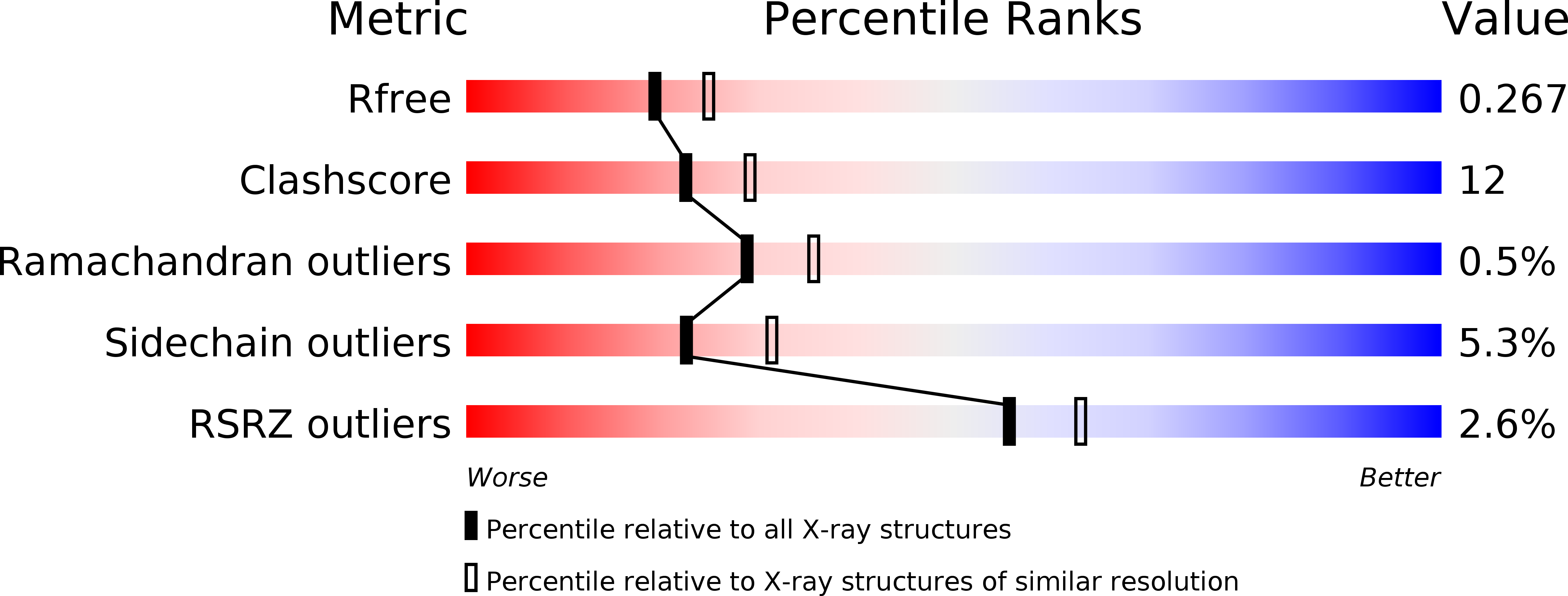
Deposition Date
1999-06-04
Release Date
1999-08-01
Last Version Date
2024-02-14
Entry Detail
PDB ID:
1QQG
Keywords:
Title:
CRYSTAL STRUCTURE OF THE PH-PTB TARGETING REGION OF IRS-1
Biological Source:
Source Organism:
Homo sapiens (Taxon ID: 9606)
Host Organism:
Method Details:
Experimental Method:
Resolution:
2.30 Å
R-Value Free:
0.24
R-Value Work:
0.19
R-Value Observed:
0.19
Space Group:
P 65


